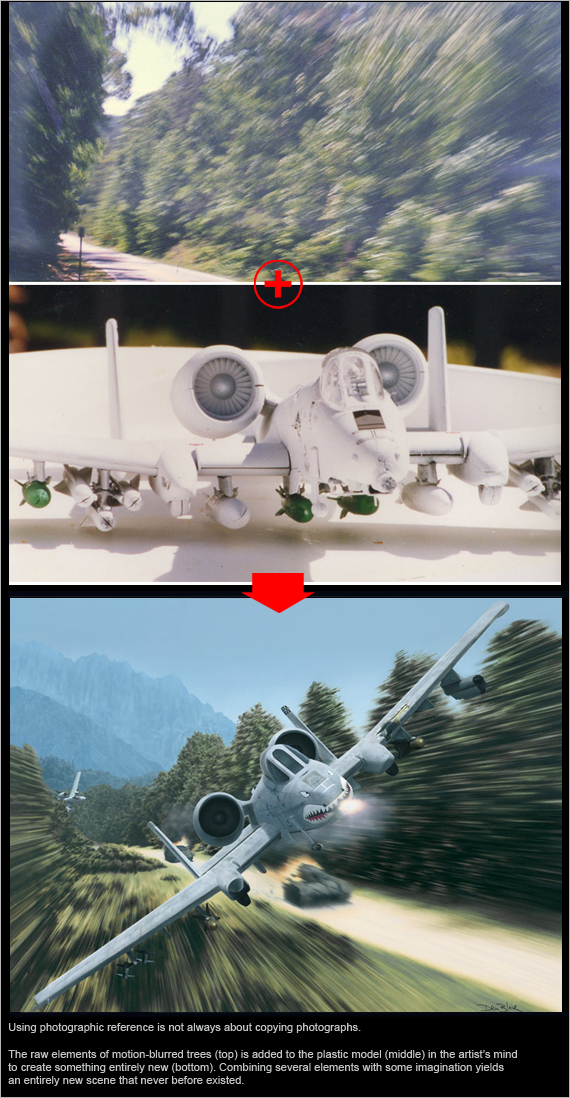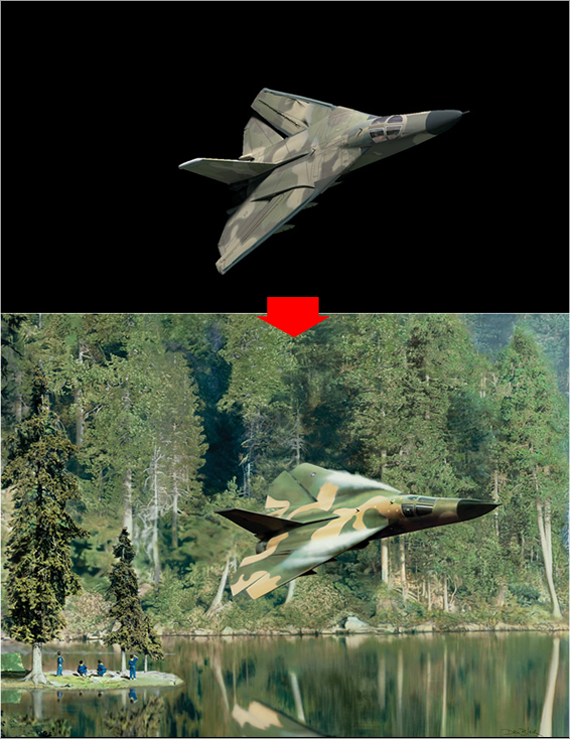|
What is Photorealism?
Photorealism, Superrealism, and Hyperrealism are terms referring to a painting that it is virtually indistinguishable from a photograph. It is by far, the most challenging method of painting, because it demands that the artist correctly create or re-create all 21 elements of the visual world. Those elements include color, perspective, transitions, reflections, light and shadow to name a few.
There are a lot of myths surrounding photorealism. Let's explore a few:
Myth 1- Photorealism is the act of copying a photograph.
Not necessarily. The common misconception about Photorealistic paintings is that they are simply copies of photographs. However, many Photorealists develop paintings with little or no photographic reference, but one would never know that looking at their work. There are many Photorealists who paint directly from life, or create illusions of reality without looking at any photographic reference.


.
Myth 2- Photorealism is all about detail.
You might be surprised at how little detail is actually in some photorealistic paintings. Your brain adds content to a painting, just as it adds content to reality. Many photorealists make use of the etcetera principle where detail is suggested, but not completely rendered. The viewer unconsciously completes the painting by imagining detail that is not actually present.
Myth 3- Photorealism is a lower form of art
So say a few modernists, but that does not make it necessarily true. The biggest detractors of photorealism are usually those with the least artistic skill, and a lot of criticism against photorealism is simply misplaced frustration with one's on skill level. What is true is that photorealism remains the most challenging type of painting for an artist, as it demands maximum similarity to the subject.
Myth 4- Anybody can copy a photograph.
Many artists in general use photographic reference, and yet few approach photorealism. For some, photorealism is not their goal, but for many others, the goal is to accurately recreate their subject on canvas or board, which is not an easy feat.
There are 21 elements of vision that a Photorealist must apply to create a Photorealistic work. Omit any one of the elements, and the realism is compromised. The omission of certain aspects results in artistic "style." Some contend that artistic "style" is the end result of the failure of an artist to accurately interpret reality.

This painting (bottom) is derived from a raw image built from a 3D computer model (top). The only photographic referenced used was of some cub scouts. Everything else: water, trees, vapor, heat distortion, tent, and reflections are painted from imagination.
|



